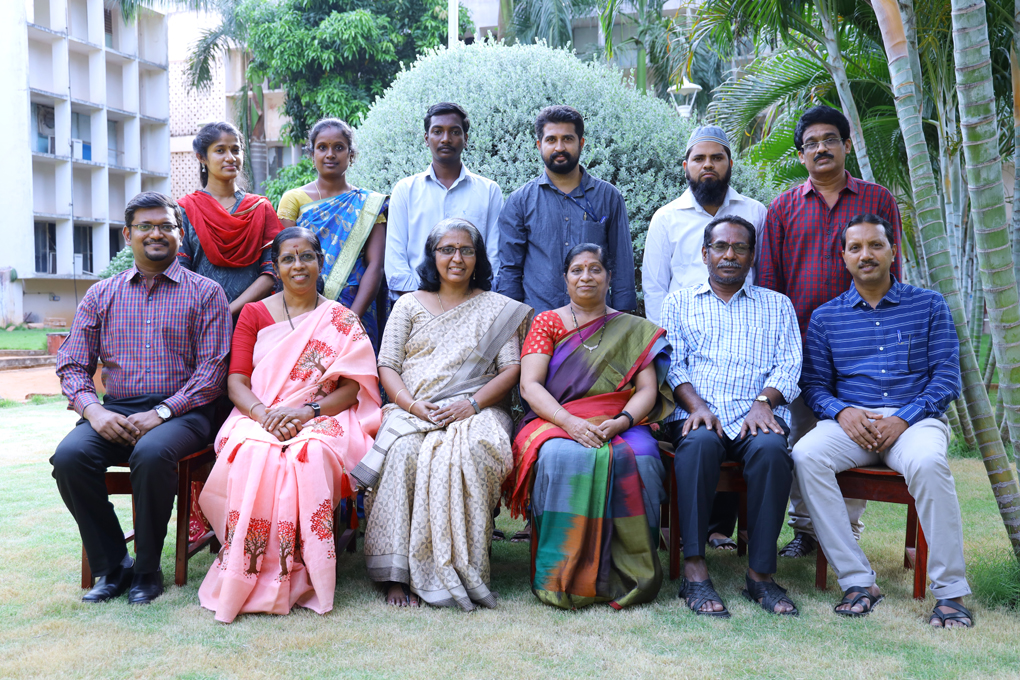- Generates evidence base by evaluating diagnostic tools and conducting randomized controlled clinical trials and involved in estimating disease burden and assessing quality of life of patients afflicted with vector-borne diseases.
Social Science
- Focuses to identify the major social and behavioural determinants of vector borne diseases, develop situation specific strategies that can modify the determinants, implement interventions at micro level, and monitor and evaluate interventions.
- Design and implement situation specific communication and community engagement strategies
Facilities
- Need based capacity building / training on vector / disease control is imparted to strengthen better use of empirical findings from research.
- Besides teaching epidemiology, biostatistics and sociology to students of Post-Graduate programmes of the centre, the Division also involved in training national and international students / researchers / programme managers on vector surveillance, epidemiological studies and methods, and sample survey methods.
Research Areas
Epidemiology of vector borne diseases, Biostatistics, Mathematical Modelling, Operational Research and Socio behavioural research
